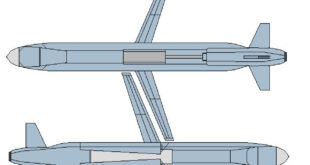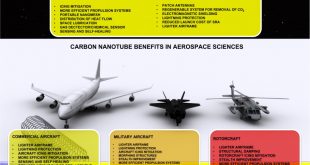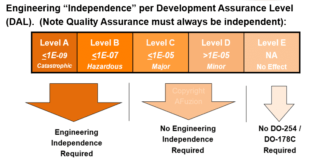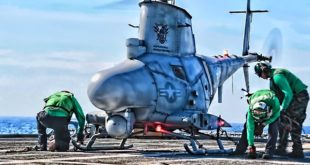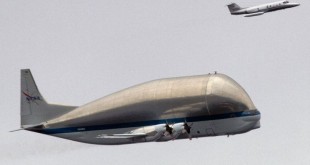Cruise missile is any weapon which automatically flies an essentially horizontal cruise flight profile for most of the duration of its flight between launch and its terminal trajectory to impact. The hallmark of a cruise missile is its incredible accuracy. A common statement made about the cruise missile is, “It …
Read More »US Army’s FVL program evaluating capability sets and technologies for Next Generation Military Helicopters
The threats to Aircraft are growing at the high end of the conflict spectrum, with countries like Russia and China deploying agile and long-range air defenses, and sophisticated electronic warfare capabilities, integrated with cyber warfare operations. Existing rotorcraft might not be able to survive or fight effectively in places like …
Read More »Carbon Nanotubes(CNT) revolutionizing Aerospace from lightweight structural components, radio frequency interference (RFI), radiation resistance to de-icing
Nanotechnology deals with the understanding, control, and manufacture of matter in the nanoscale regime, usually between 1 nm to 100 nm, and exploiting them for a useful application. At this length scale, unique properties and phenomena arise as a result of increased surface-to-volume ratio and dominance of quantum mechanical effects. …
Read More »DO-178B/C Airborne Software certification standard for safety critical software make flying safer
The growing demand for high-efficiency fighter aircraft, commercial airbuses and the ever-evolving Aerospace and Defense requirements are driving the demand for next-gen airborne electronics systems. Air transportation agencies and aviation OEMs across the globe have been striving to build next-generation Airborne electronics systems to make flying more reliable, predictable, and …
Read More »5G in Aviation
The future of aviation worldwide is one of significant continuing growth in air travel, air cargo, and private general aviation. In parallel with this growth, a significant increase in the supporting information infrastructure will need to occur. The infrastructure will support two primary functions: aviation operational needs (which includes airline …
Read More »Unmanned Autonomous helicopters for emergency relief and military operations
The helicopter is a type of aircraft which is lifted and propelled by one or more sets of horizontally revolving overhead rotors. It has two rotors that spin several blades. A blade is a tilted airfoil, just like an airplane wing. As it speeds through the air, each blade generates …
Read More »Hypersonic Aircraft race for commercial and military
Hypersonic refers to aircraft, missiles, rockets, and spacecraft that can reach atmospheric speeds in excess of Mach 5, which is almost 4,000 miles per hour or 6,125 kilometers per hour or more. Hypersonic flight is flight through the atmosphere below about 90 km at speeds greater than Mach 5, a …
Read More »Aircrafts and Rockets for global military logistics, space travel, asteroids and moon mining
Multiple countries are developing the ability to mine in space, specifically on the moon and on asteroids. The moon stands out as a nearby example of what will soon be the site of regular operations. The moon is home to hundreds of billions of dollars-worth of natural resources, including helium-3, …
Read More »China J-20 stealth fighter’s combat missions in the South China Sea, advancing China’s A2/AD strategy
China’s progress toward military superpower status continues to accelerate. According to the latest one, the People’s Liberation Army Air Force (PLAAF) now ranks as the third-largest air force in the world with 2,250 combat aircraft. The People’s Liberation Army Navy (PLAN) is the world’s largest, with 355 ships and submarines. …
Read More »The Evolution of Fly-By-Wire Systems: Technologies, Challenges, and Safety Enhancements
Introduction Fly-by-wire (FBW) technology has revolutionized modern aviation by replacing traditional mechanical and hydraulic control systems with digital flight control computers (DFCCs). Unlike conventional systems, which rely on direct mechanical linkages or hydraulic actuators between the pilot’s controls and the aircraft’s control surfaces, FBW systems use electronic signals to relay …
Read More » International Defense Security & Technology Your trusted Source for News, Research and Analysis
International Defense Security & Technology Your trusted Source for News, Research and Analysis
